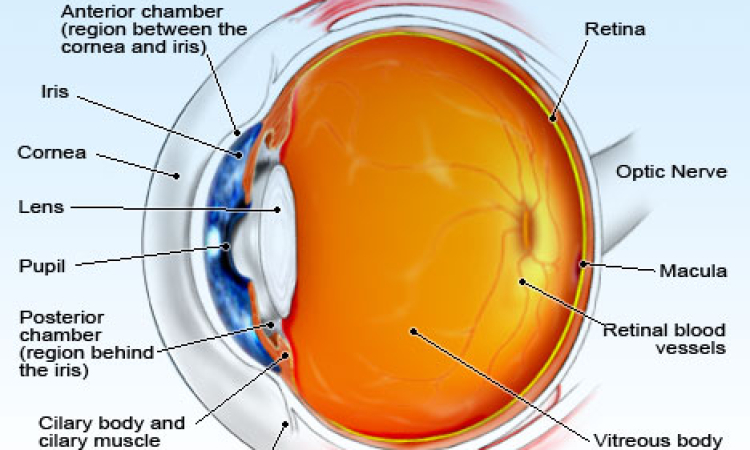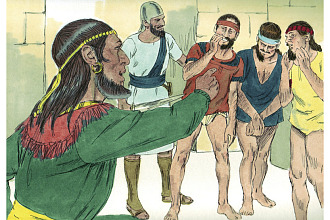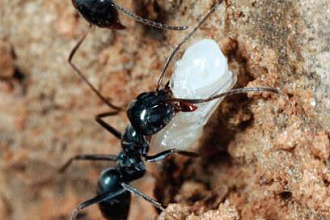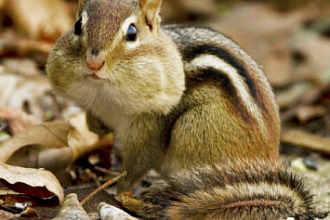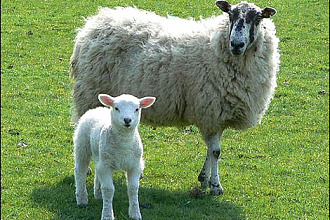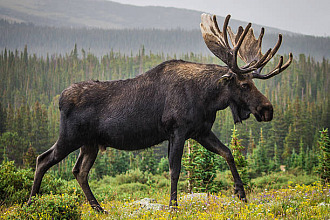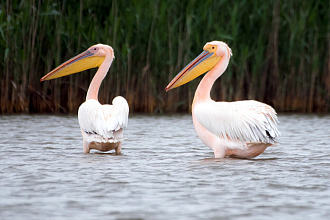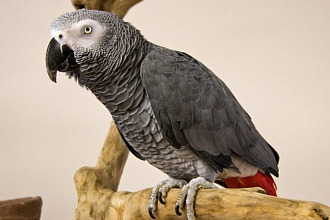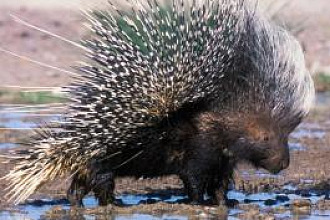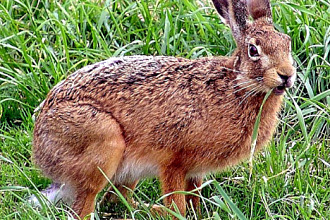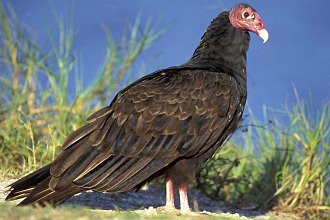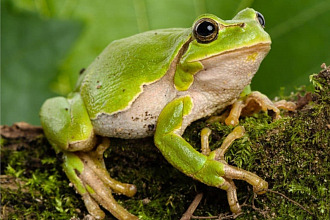There is a mammal which thrives in every part of the globe, whose behavior leaves us incredulous by its not by accident abilities to invent tools and to reason from cause to effect—often making moral choices that places it in a category all its own! We'll examine some of the intricate design the Creator used just for the eye of this creature. This creature's Latin name is homo sapien!
Now for that not-by-accident exploration of its eyesight—as we seek to know more about it and it's Creator! To begin, studies show that in the second week of gestation (after conception), the fetus (the yet-unborn baby)'s eyes begin developing. The homo sapien, not by accident, is given eyes with 200 million working parts! This very special creature is given two eyeballs to provide depth perception. Actually, if the eye of a homo sapien were a digital camera, researchers tell us it would not by accident be labeled as having 76megapixels!
This creature's eyes function like a camera because they capture light and send the data transformed into electromagnetic impulses back to the brain—so we would be correct to say it is the brain of the homo sapien that sees, not the eyes! In fact, the eyes of the homo sapien are the second most complex organ of its body. ..The only organ more complex is the brain. Have you guessed the common name of the homo sapien animal? Let me give you another clue. When the Creator made the complex eye set up for the homo sapien, He really wanted him or her to see clearly what He created. So He directed the homo sapien to look at all He had made: trees, flowers, grass, other animals, the river of life, birds as they flew, everything so wonderful.
And the Creator had made light that was reflected off each beautiful object they looked at. He arranged the camera-eye in not by accident fashion so the cornea would always be washed with natural fluid on the surface, and behind it the lens was held in place by the ciliary muscles so that when the homo sapien looked in the distance, the muscle holding it relaxed, and the lens flattened out a bit thinner, thus letting distant objects be seen more clearly. But when the homo sapien wanted to see up close, those muscles squeeze a bit, the lens thickens, and the vision is adjusted perfectly.
The light carrying the images goes past more focusing mechanisms, blood vessels and moisture and touches the retina (or main screen, we might say) there at the back of the eye where 100 million cells called rods make sure the homo sapien can see well in low light, while another seven million cone cells not by accident assist it in viewing color and detail. All these images hit the receptors of the retina upside down and backwards, even divided in half! But they are changed there into electromagnetic impulses that go through the optic nerve in milliseconds. By the time the homo sapian actually "sees," the brain has adjusted the images perfectly for
us.
Oh dear, I've told you now! You are a homo sapien-it's like saying you are a human being. We are a mammal in the animal kingdom. The Creator wants us to see nature's beauty and see Him, since we are made in His image! And He's promised that one day soon it will happen! I can't wait for that day to come, can you?
"NOT BY ACCIDENT" (c) Juanita Kretschmar is used by permission and was first published in newsletters about A Key Encounter, a Key West, FL, Creation-based, educational tourist attraction. Go to www.akeyencounter.org for additional information, To receive the free newsletter write: AKE, PO Box 177, Big Pine Key, FL 33043
Picture from here

